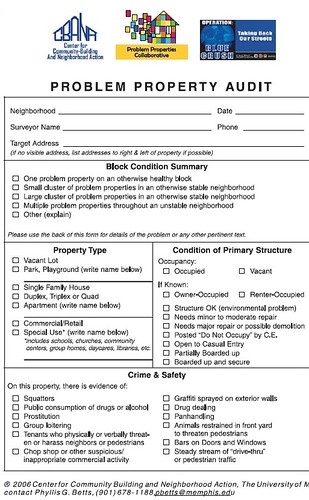DC Preservation League's 2014 List of Most Endangered Properties
The DC Preservation League has announced its list of the the city's most endangered historic properties for 2014.
1. Anacostia Historic District
2. 911 and 913 L St. NW/Shaw Historic District.
3. Carnegie Library (a topic within the previous entry)
4. St. Elizabeths East Agricultural Complex
5. Washington Canoe Club, 3700 Water St. NW
6. West Heating Plant, 1051 29th St. NW (Georgetown)
Such lists are a good way to draw attention to historic preservation matters in the city.
But I don't think that DCPL is getting maximum value from the list. It draws attention, but by not being clear about the necessary next steps and need for structural changes in planning policy, laws, and regulations, the problems identified tend to fester and pop up elsewhere as the underlying conditions generating the problems haven't been addressed.
It also occurs to me that the list announcement could be utilized as an opportunity for the neighborhoods preservation groups to draw attention to their most significant-pressing issues alongside the publicity generated by the Most Endangered list.
To move the process forward and leverage the opportunities presented by the announcement, I would probably draw up a list of policy proscriptions/statements-positions to put out at the same time. For example, the issue with the Anacostia Historic District has to do with supporting commercial districts and dealing with areas under pricing pressure.
The neighborhood clearly needs a constantly updated transformation plan and action agenda. There isn't one (Ward 8 Office of Planning webpage).

I suggest that neighborhoods should "do their own plans," and one step is to systematically identify problem properties. This is page one of a survey form used in Memphis.
By contrast, the H Street Renaissance Plan sparked significant improvement over time, although that district possesses a better location and has more leveragable assets, and by comparison it wasn't so much of a "weak market" as is Ward 8. Also see "Systematic neighborhood engagement."
The Shaw Historic District matter provides support for adopting a receivership statute and process so that mouldering properties could be stabilized and fixed through the intervention of third parties. See the past entries "Eminent domain and receivership to "cure" habitual nuisances" and "Pushing the rehabilitation of vacant buildings/nuisance properties."
The Washington Canoe Club matter illustrates the need to have a more wide ranging city master plan for parks, recreation and open spaces, that would address all (or most) of the city's parks assets, and provide guidance for their operation, care, and maintenance, even if specific installations are not under direct city control.
According to the DCPL: The Washington Canoe Club (left) "structure is deteriorating both internally and externally. The shingles are in poor condition, the windows and window frames are in need of repair, the roof needs replacement, there are structural issues with the floor, walls, and building frame, and the building systems need repair. Due to unclear ownership of the property, neither the Washington Canoe Club nor the National Park Service has been inclined to invest in restoration of the building and in 2010 the NPS deemed the structure unsafe for occupancy."
I don't have a great past entry explaining this issue for the parks system, as much as I do for libraries, see "A follow up point about "local" library planning and "access to knowledge"."
The same goes for the St. Elizabeths East Agricultural Complex as an element of the city's "open space" resources.
With the West Heating Plant, I'm fine with the building being converted to a hotel. (The Standard Hotel in Los Angeles is a great example of such an adaptive reuse, although it was much easier there as the building was previously an office building.)
----------
As far as what local preservation groups could list as pressing issues, e.g., while I disagree with the positions of Historic Takoma on development proposals pending at the Takoma Metrorail site and in Takoma Junction, they bring necessary attention to the "cultural landscape" elements of these proposals and how they impact perception and image of the designated areas. The Takoma Theatre is an ongoing issue too. We need help to capture that building as a viable civic cultural asset.
Preservation groups in Cleveland Park and Dupont Circle could probably call attention to the difficulty of maintaining viable retail, especially independently owned retail, in commercial districts that are becoming primarily destinations for restaurants.
Georgetown could probably discuss how life as we know it in the city will be damaged irreparably by the addition of accessory dwelling units to the city's housing mix as part of the Zoning Rewrite (although my understanding is by their development of a neighborhood-specific zone classification, all ADU proposals will have to go through a special exception process).
Etc.
Labels: commercial district revitalization planning, historic preservation, neighborhood planning, parks planning





0 Comments:
Post a Comment
<< Home